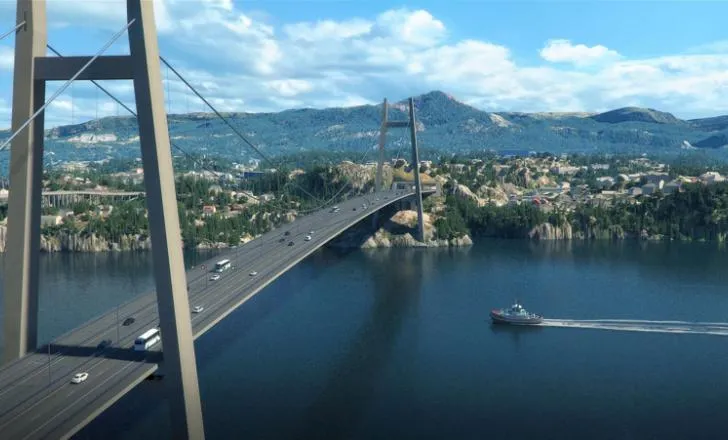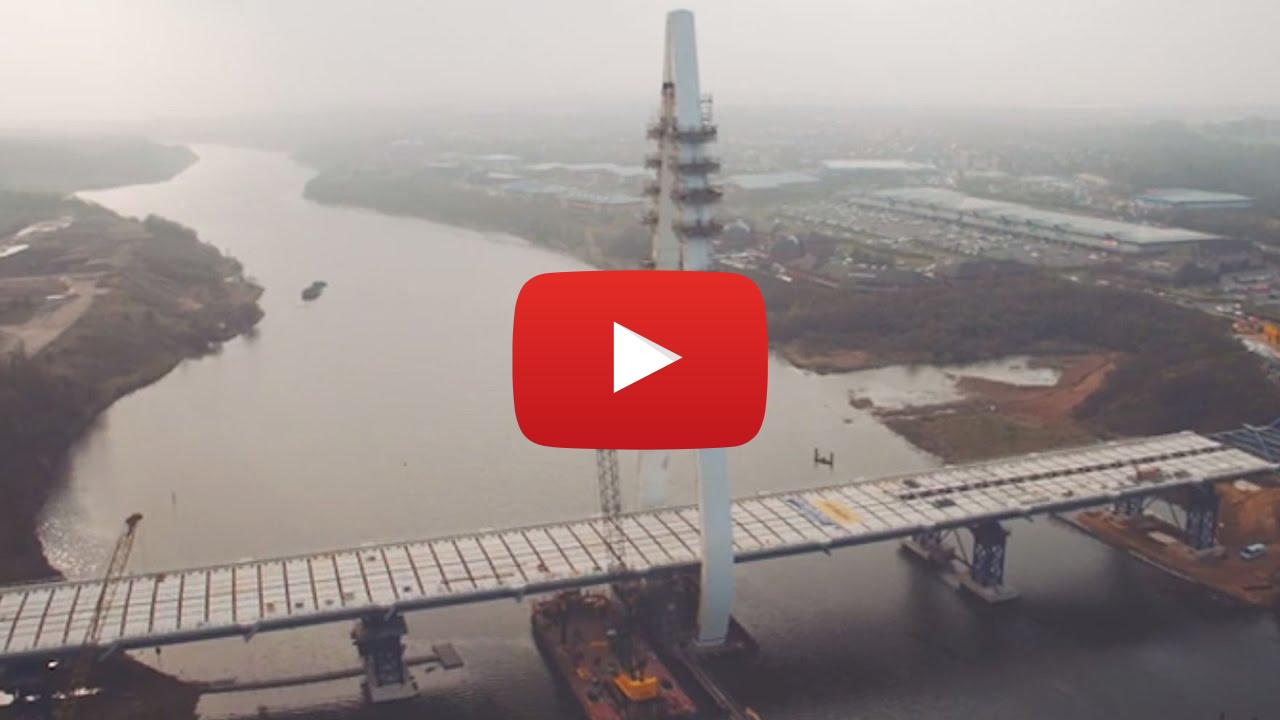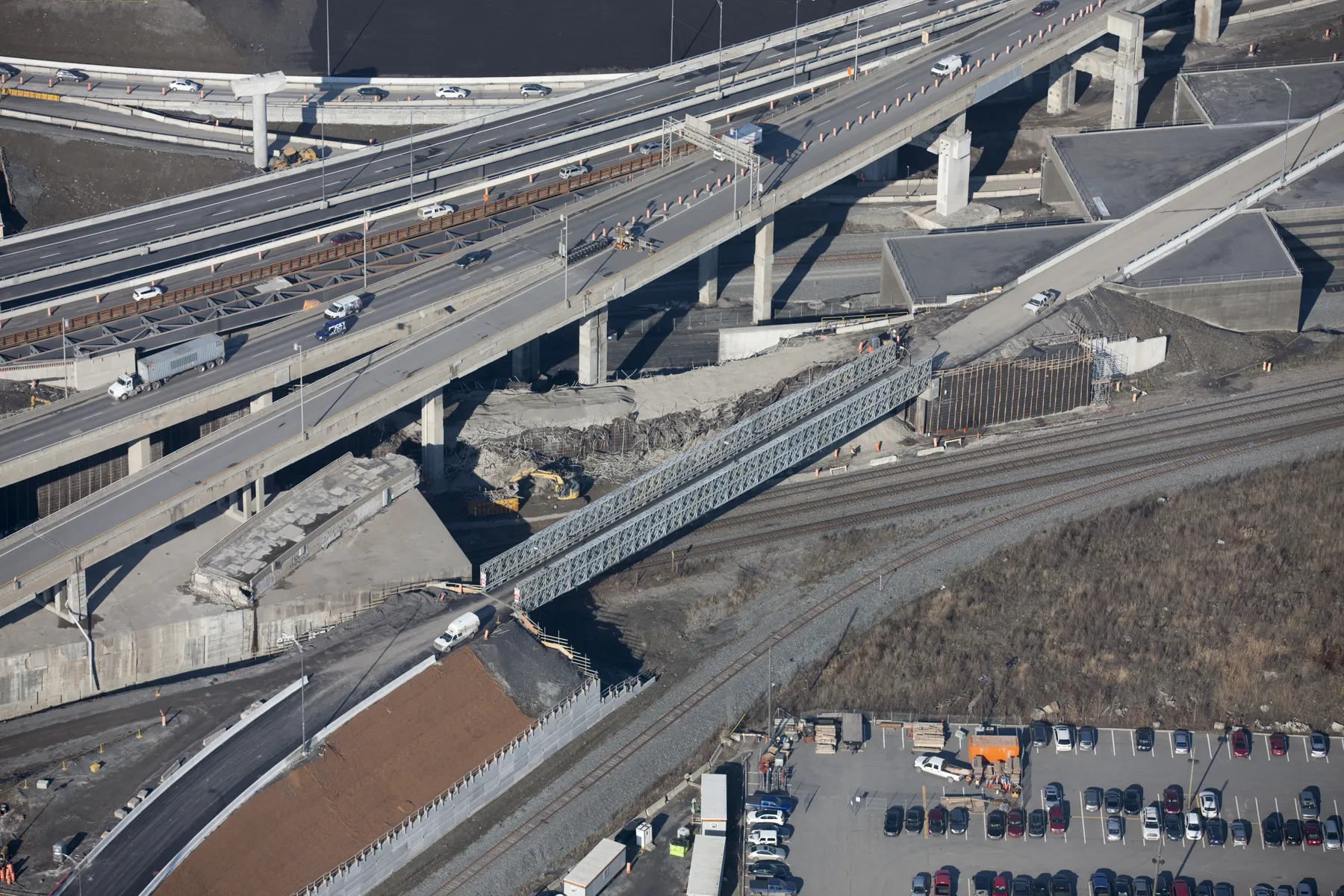
The curved steel arch precast concrete bridges will be constructed as part of the Michigan Interchange at the end of the US side of the bridge rising over the Detroit River and connecting Windsor in Canada and Detroit in the US.
The pedestrian bridges over Interstate 75 will include lighting features and be compliant with Americans with Disabilities Act. They will be around 10m above the roadway and have a 3m-wide wide walkway.
Bridging North America, the private-sector partner to design, build, finance, operate and maintain the Gordie Howe project, will construct the pedestrian bridges between 2020 and 2024.
The pedestrian bridge announcement comes just after media reported construction will begin this summer on the bridge’s two A-frame towers that will suspend road deck. The bridge will have the longest main span in North America at 853m.
The Gordie Howe International Bridge project – costing $5.7 billion - is expected to be open by the end of 2024.
Windsor-Detroit Bridge Authority (WDBA) is a not-for-profit Canadian corporation created to deliver the Gordie Howe Bridge through a public-private partnership. WDBA is responsible for overseeing and managing the construction and operation of the new crossing.
The Michigan Department of Transportation is working with WDBA on the US components of the Gordie Howe International Bridge project. The 2.5km-long six-lane bridge will have a cycle and pedestrian path.
Design work is by Moriyama & Teshima, a member of the Bridging North America consortium. Other firms include ACS Infrastructure Canada, Dragados Canada, Fluor Canada, AECOM and Smith-Miller+Hawkinson Architects.









